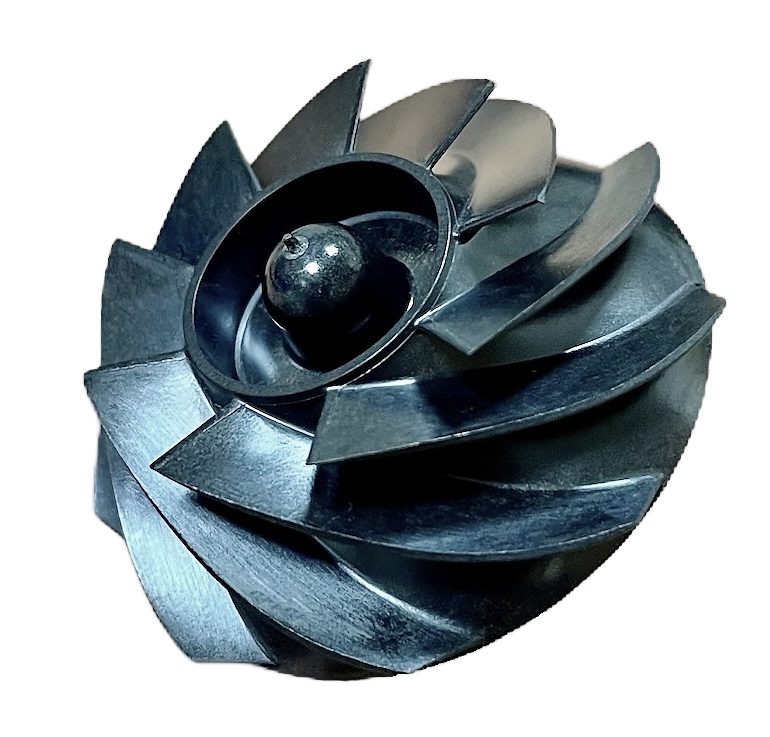Plastic injection molding
How to make plastic injection process well and stable?

Achieving a well-controlled and stable plastic injection molding process requires attention to detail, consistent monitoring, and optimization of various factors. Here are some key steps to make the plastic injection process well and stable:
-
Optimize Part Design: Begin by optimizing the part design for manufacturability. Consider factors such as wall thickness, draft angles, undercuts, and parting lines to facilitate smooth molding and minimize defects.
-
Select Suitable Materials: Choose high-quality thermoplastic materials suitable for the application requirements. Ensure material consistency and quality by working with reputable suppliers and conducting thorough material testing and qualification.
-
Design Precision Molds: Invest in precision molds designed to accommodate the part geometry and achieve tight tolerances. Pay attention to gate design, runner layout, cooling channels, and venting to optimize material flow and minimize cycle times.
-
Maintain Proper Mold Temperature: Control mold temperature effectively to ensure uniform cooling and minimize warpage. Implement cooling channels and temperature control systems to maintain consistent mold temperatures throughout the molding process.
-
Use High-Quality Injection Molding Machines: Utilize modern injection molding machines equipped with advanced controls and monitoring systems. Ensure proper machine setup, including injection pressure, temperature, speed, and hold time, to achieve optimal part quality and repeatability.
-
Monitor Process Parameters: Implement real-time monitoring and control systems to track key process parameters such as temperature, pressure, injection speed, and shot size. Use sensors and feedback mechanisms to detect and correct deviations from set parameters to maintain process stability.
-
Control Injection Parameters: Optimize injection parameters such as speed, pressure, and time to achieve uniform flow of molten plastic and prevent flow-induced defects. Adjust injection profiles based on part geometry, material viscosity, and mold temperature to optimize part quality.
-
Ensure Proper Venting: Ensure adequate venting of the mold cavities to allow for the escape of air or gases during the injection process. Incorporate venting features or channels to prevent trapped air pockets, voids, or surface defects in the molded parts.
-
Implement Quality Assurance Measures: Establish rigorous quality control measures and inspection procedures to verify part dimensions, surface finish, and material properties. Conduct in-process and post-process inspections using precision measurement tools and testing equipment to ensure compliance with specifications.
-
Training and Continuous Improvement: Provide comprehensive training for operators, technicians, and engineers involved in the injection molding process. Encourage a culture of continuous improvement and problem-solving to address issues proactively and optimize process efficiency over time.
